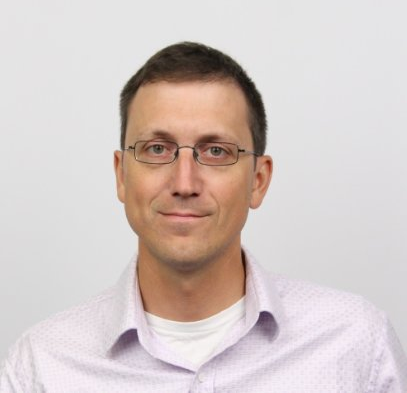|
|
|
ISMAR sessions > Keynote speakersGeorg Klein - Tuesday Oct. 10 - 9:30-10:30
Georg Klein is a scientist at Microsoft Corporation. Registration on HololensMicrosoft Hololens is an optical see-through HMD that provides users the illusion of world-locked holograms: virtual content that appears stationary in the world even as the user moves around. In this talk I will describe some of the enabling technologies developed to achieve this, from sensors to displays to the Holographic Processing Unit. Marie-Odile Berger - Wednesday Oct. 11 - 10:30-11:30
Marie-Odile Berger is Research Director at Inria Nancy Grand Est (France). Her main research interest is the investigation of computer vision methods to support augmented reality (AR) tasks. Since the late 1990s, she has been engaged in many aspects of 3D reconstruction and pose computation, which are two main issues in AR. This research led to various theoretical and practical results in the areas of calibration, matching and 3D tracking, interactive reconstruction and visual perception. Her research also focuses on developing AR for deformable worlds with effective applications to interventional radiology. She is currently the head of the MAGRIT computer vision group at Inria. Pose estimation for effective AR tasks.The aim of my research in Augmented Reality is to develop reliable and effective methods which allow significant progress in terms of ease of implementation, robustness to external conditions and capacity of handling complex environments. |






